I like dynamic illustrations. For me its a matter of story telling. There is a huge difference between showing you a scene, or forcefully dragging you into it. When I was young I listen to a radio show by Carsten Overskov. He was a very wise historian but also an incredibly entertaining performer. The show I remember the best, was him reporting directly from the crusades. The sounds of battle and shouts and cries from people dying was mixing with him running and shouting trying to escape the carnage, descriping realtime what took place “The blood is running red in the gutters, oh my God, they are killing woman and children….”. The way the story unfolded for your inner eyes was amazing. I read all the stories of the crusades in history books, but Carsten was the one bringing them to life.
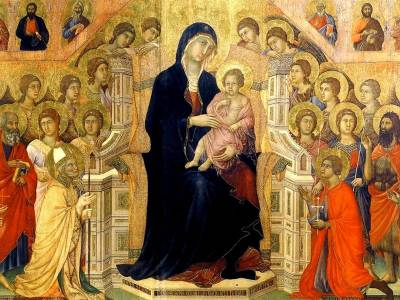
The same idea goes for fantasy paintings I think. I am trying to paint and show you something that doesn’t exit and the more I can do, to make this imaginative world seem alive, the better. I think dynamic poses and dramatic compositions are the best tools for that. I want my paintings to be pictures, caught in the moment, rather than representations.
When I start a composition sketch it starts out as a “representational” drawing in order for me to get the elements down, almost as a check list. Then I start looking at it critically and try to see what I can do to enhance the sense of the spectator being a part of the scene rather than seeing it from afar. I look for elements I can use to point in and out of the painting.
My sketch I submitted for Jubilant Skybonder was a very quick one. But I felt it had all the elements I was looking for. The juxtaposed owl head twisting the opposite direction of the body, the whole lion body seen in foreshortening, the overlapping owls both behind it and in front shows the depth and create an illusion of a 3d space.
when I started sketching it out there was 2 things that I thought could make the reading of the image better. First was the angle of the owl head. By twisting it further up so that we see it from a lower angle, it seems less like its attacking us and more like its just flying by. Also the angle of the owl face is just more interesting form a side rather than straight on where the foreshortening of the beak is really difficult.
The other thing was the rider. In my sketch I could mistakenly interpret it as if she was attacking the owl. The way she leans in and points the staff looks like she is about to land a vicious blow. I would defiantly avoid that, so I raised the staff high in the air as a victory pose and pulled her sitting position back as if she has not yet followed the motion of the stead. That creates a way more dynamic interest. I also added ears to overlap the wing shapes ( overlapping equals depth ) The background has a tilted perspective with the high cliff tops further enhancing a dynamic angle. When I finished the painting I copied the owl wing tip from the left and added it to the bottom right to make it look like there is an additional owl “off-camera”. This little detail I think adds to the idea that we are only catching a glimpse of this fantasy scene – a moment in time and not a well laid out scenery.
There is a lot to be said about birds: but one thing for sure is certain, if we see them fly we are certain that its a fleeting moment: I always add birds if possible to a painting since they have this sense of movement and snap shot quality.
In trying to capture the right moment, I try to ask my self: is this a pose that is the start, middle or end of a motion? I usually wanna capture the middle section. Think of a thief about to jump a ledge between 2 building being chased by the city guards. Whats most exciting? The moment where he braces himself for the jump?, The moment where his feet clears the roof and he is hanging mid-air? Or the landing safely on the other side? For me its always the middle part: The moment of uncertainty.
Dynamics is not just about having the sword tip point at the spectators or having the right foreshortening, its about picking the right moment, showing the dynamic side of the storytelling in your image. Its about having the spectator standing IN the scene rather than safely observing from a distance.


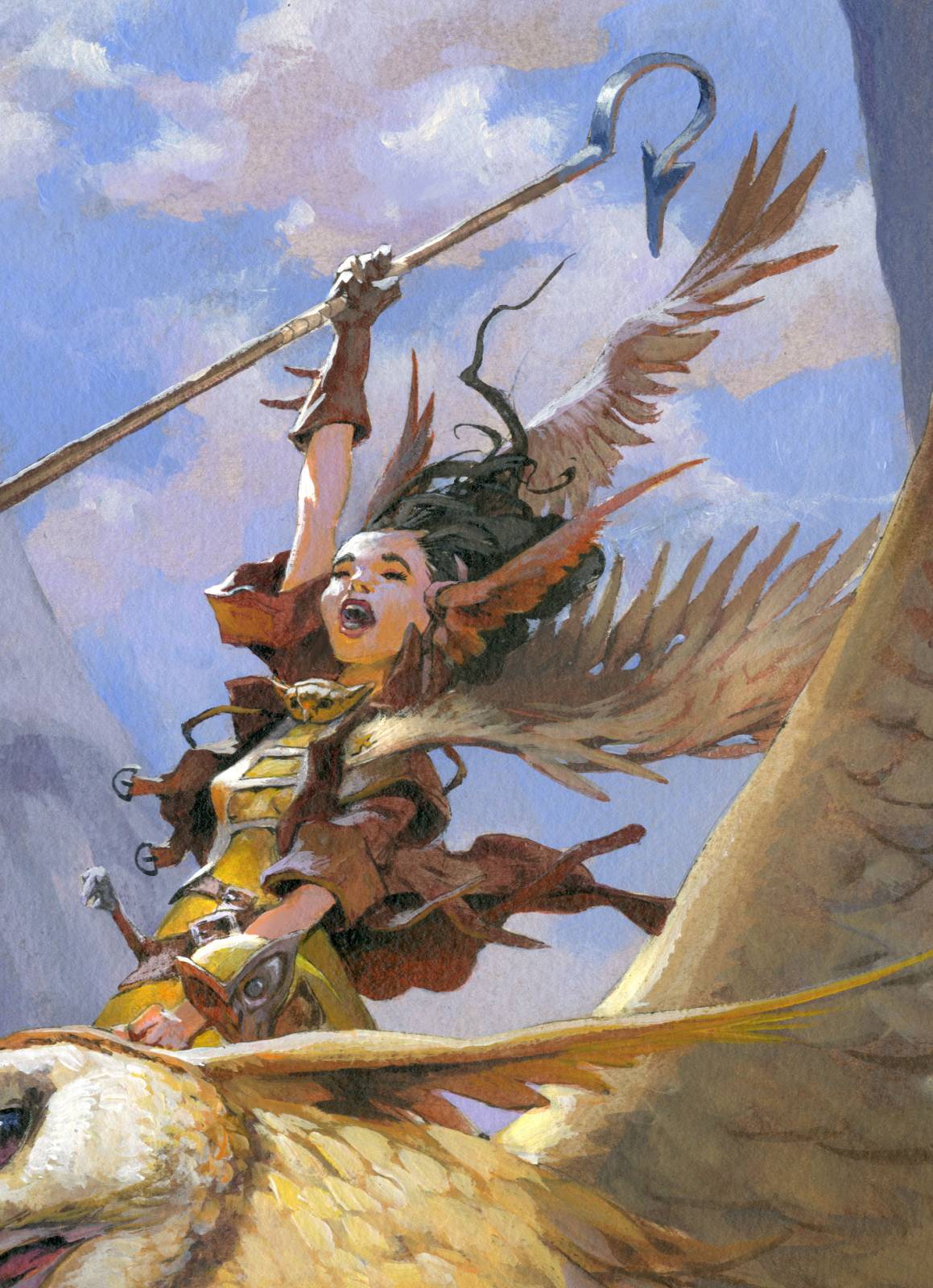

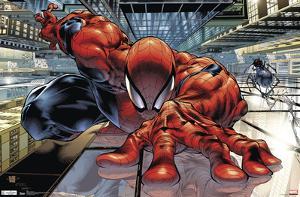
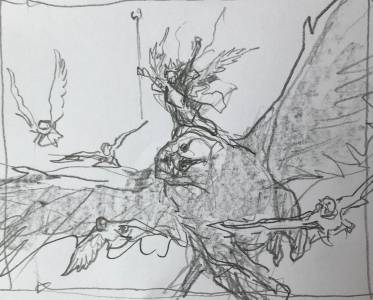
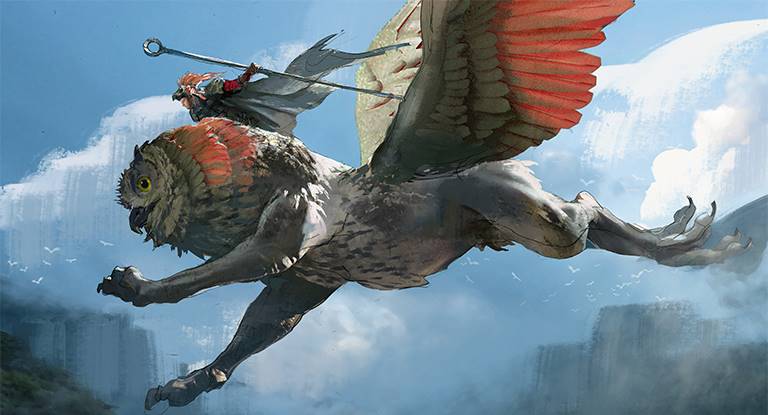
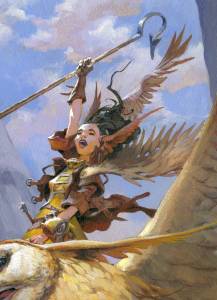
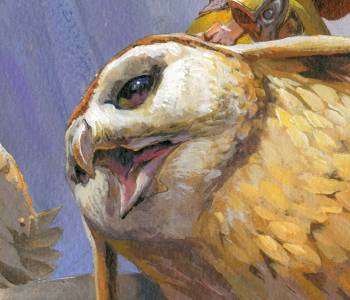
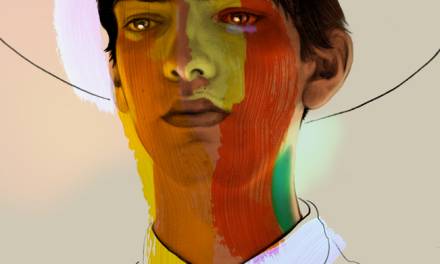
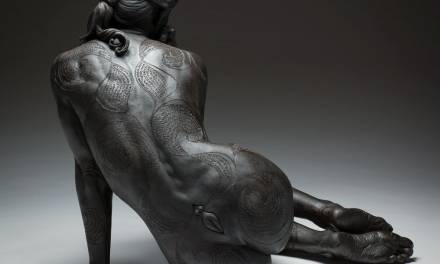
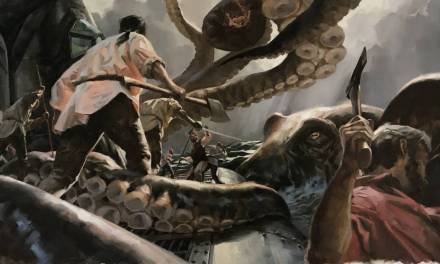
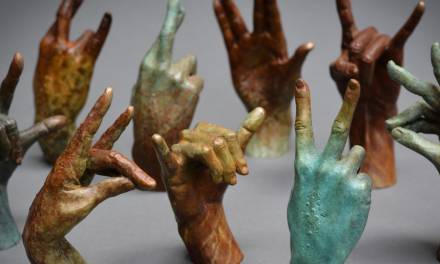
Thank you for sharing the wisdom again!
I always love reading these. You nailed the girl’s expression- the freedom and fun of flying!